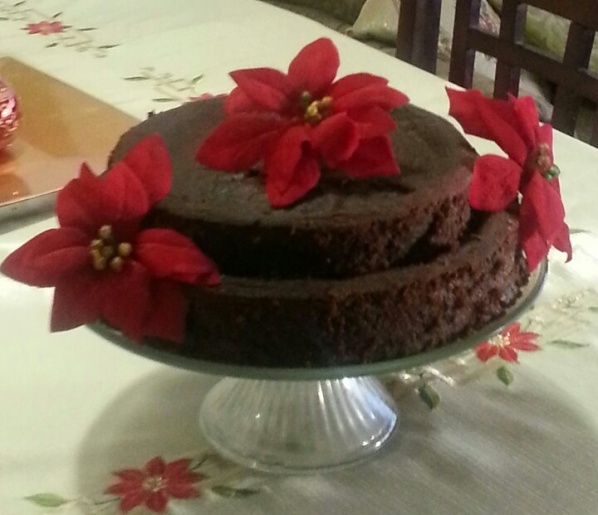Historical news. The Christmas tree which is a fundamental part of traditional Christmas decorations has its origins in a time that predates Christianity, dating back to Ancient Egyptian and Roman customs.
In celebration of the Winter Solstice, Ancient Egyptians brought palm trees into their homes to symbolise life’s triumph over death. Later the Roman celebrations of the Winter Solstice included decorating their homes with fir trees, green foliage and lights. Centuries ago in the British Isles, druid priests used evergreen during their winter solstice rituals.
Evergreen branches were placed above doorways to ward off evil spirits and mistletoe was used as a symbol of eternal life. During the middle ages, Germans and Scandinavians placed evergreen trees inside their homes to show their hope in the forthcoming spring. However, it was not until 1848 that the Christmas tree became popular in England by the German husband of Queen Victoria, Prince Albert.
The Queen was very popular in Victorian England and what was popularised in the royal court soon became a custom among her subjects, not only in England, but also in many of the colonial countries. Today, food plays an important role in the rituals of Christmas. In Guyana and many of the Caribbean Islands; it is traditional to bake a black cake for the festive season. Black cake is made from various fruits and generously laced with rum.
In Guyanese tradition, Mauby, a drink made from the bark of a tree, and sorrel, made from the flowers of the hibiscus tree, along with ginger beer are traditional staples served at that time within the Guyanese household. Small pies made from minced beef and green peas were also eaten as well as the traditional dishes of Pepper Pot: a cassava based Amerindian stew, made with various types of meat, Souse, Garlic Pork and home-made bread. Mince pies or Christmas pies as they were called have existed for centuries.
In their original form, mince pies were much larger; crescent shaped to represent the manger and packed with meat, spices and fruit. The sweet fruity pies now eaten today in England developed early in the twentieth century when the meat content was removed for good. The custom of eating Christmas cake made with marzipan and icing was introduced by the Victorians.
Before that, cake was eaten without the toppings and cakes with raisins have been popular since pre-Christian times. Raisins had a reputation among Middle Eastern culture of being an aphrodisiac, and among the different cultural groups living in the area of Palestine, raisin cakes were a sacred sacrificial food offered to the female deities.
In England, turkey is served at Christmas-time. In Elizabethan times, the rich feasted on foods such as roasted swan, boar’s head and peacock, while the poor ate goose. Meat has always been part of the traditional Christmas feast and the act of serving a joint of meat is thought to have originated from the ancient sacrificial rites of appeasing the gods.




